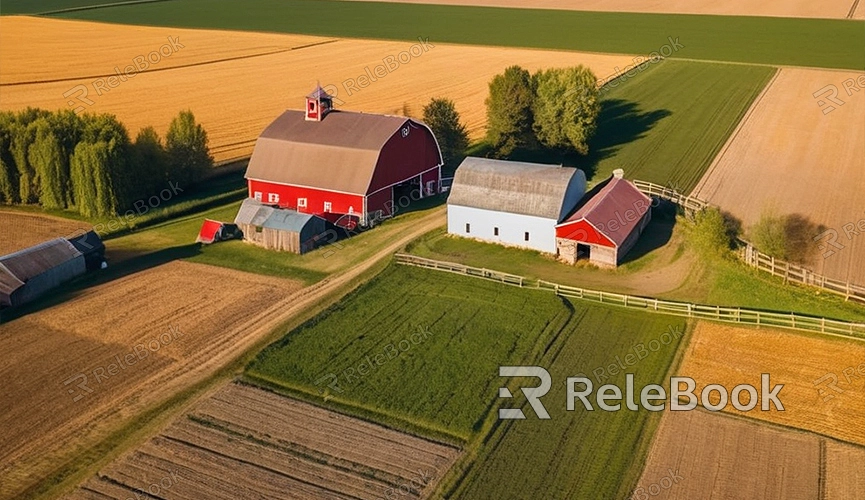How to Create a Render Farm for Blender
In modern 3D art and animation production, rendering can be a time-consuming task, especially for complex scenes and high-resolution outputs. To address this challenge, many professionals opt to use a Render Farm to distribute rendering tasks among multiple computers, significantly reducing rendering times. This article will detail how to efficiently set up a Render Farm for Blender, integrating seamlessly with recommendations from Relebook.
Understanding Render Farms
A Render Farm is a network system composed of multiple computers designed to share and accelerate rendering tasks. By distributing rendering tasks across multiple computing nodes, a Render Farm can simultaneously process multiple frames or scenes, drastically reducing rendering times. Render Farms can be local or cloud-based, depending on your specific needs and budget.

Preparing Hardware and Network
Start by preparing multiple computers to serve as rendering nodes. Each computer should ideally have similar configurations to ensure efficient distribution and processing of rendering tasks. You can utilize existing PCs, workstations, or even servers to build your Render Farm.
Ensure your network connection is stable and sufficiently fast. Ideally, all rendering nodes should be connected via wired network connections to avoid potential delays and instability associated with wireless networks.
Installing and Configuring Blender
Install Blender on each rendering node, ensuring consistency in versions across all nodes. This is crucial as different Blender versions may lead to inconsistencies in rendering results.
Configure rendering settings within Blender to ensure uniformity across all nodes. This includes settings for resolution, sampling numbers, lighting, and materials. You can streamline this process by saving and loading render presets.
Setting Up Network Rendering
Blender features built-in network rendering capabilities that can be accessed via Blender's command-line interface. Here are the basic steps:
1. Start the Master Node: Choose one computer as the master node and launch Blender. Open a command-line window and enter the following command to start the network rendering service:
```
blender -b -a -noaudio -P netrender_master.py
```
2. Configure Rendering Nodes: On each rendering node, open a command-line window and enter the following command to configure it as a rendering node:
```
blender -b -a -noaudio -P netrender_slave.py
```
3. Submit Rendering Tasks: On the master node, open Blender, load the project file that needs rendering, and submit rendering tasks using Blender's network rendering plugin. Tasks will be automatically assigned to available rendering nodes.
Optimizing Models and Textures with Relebook
When creating models and virtual scenes, using high-quality 3D textures and HDRI significantly enhances the final rendering effects. If you require extensive resources such as 3D textures, HDRI, or 3D model downloads, consider downloading them from Relebook. Directly import downloaded textures and 3D models into Blender to streamline your workflow and enhance the quality of your work.
Fine-Tuning and Optimizing the Render Farm
After initially setting up the Render Farm, further optimize it by:
- Load Balancing: Ensure even distribution of rendering tasks across all rendering nodes to prevent some nodes from being overloaded while others remain idle.
- Monitoring and Maintenance: Regularly check and maintain hardware and software statuses on each rendering node to ensure smooth operation.
- Hardware Upgrades: Gradually upgrade the hardware configurations of rendering nodes as needed to improve overall rendering performance.
Using Cloud Rendering Services
If you lack sufficient local hardware resources or time to set up a local Render Farm, consider using cloud rendering services. Many cloud rendering services offer pay-as-you-go plans where you upload project files and configure rendering parameters, and the system automatically allocates computing resources for rendering. This approach is highly flexible and allows you to adjust resources based on project demands.
Creating a Render Farm for Blender is an effective solution to enhance rendering efficiency. By preparing suitable hardware and network environments, installing and configuring Blender, and leveraging high-quality resources from Relebook, you can build an efficient Render Farm that significantly reduces rendering times and boosts productivity.
If you need high-quality 3D textures, HDRI, or 3D model downloads for your modeling and virtual scene needs, consider downloading them from Relebook.

